Text : Bhargav TS
When an OEM upgrades its popular model, there could be slight cosmetic changes to look fresh and retain the DNA of the vehicle. However, Mahindra & Mahindra (M&M) has gone one step ahead by enhancing the looks, features and a few mechanical parts in its fast selling utility vehicle Scorpio. The vehicle has been in the Indian market for more than a decade, selling more than 4,000 units a month.
By looking at the vehicle we can easily find out what is retained in the new Scorpio; at the same time it will be difficult to list out what has gone in because of its long list of features. The engineers have retained the doors and roof from the outgoing model while giving fresh treatment to other parts of Scorpio. The changes begin at the front, where a new set of blacked-out headlamps are positioned. The components inside are LED ‘eyebrows’ that are light-guides replacing the traditional 5-watt bulb; a projector unit for low beam and a second bulb-and-reflector setup for high beam. This new set of headlamps provides adequate power, which is manufactured by Pune-based light manufacturer Varroc Lighting Systems.
In-between the headlamps the new grille finds its place, which is a honeycomb mesh fronted with a large Mahindra logo. The new hexagonal grille is unique and, instead of the usual separations in the form of slats, features smaller inserts finished in chrome that resembles a chisel. The hood is redesigned and the functional scoop that sits on it uses the same grille pattern. The newly squared off bumper, which houses oval fog lamps, a lower trapezoid grille, matt black plastic and a faux bash plate at the bottom gels well with the other components in the front; this has given a new identity to the Scorpio, which looks even bolder now.
As mentioned earlier, the side profile remains the same by retaining the door panels but a few micro level changes have been made. The significant change is that Mahindra has taken the Scorpio’s wheel size up by 1 inch and has newly designed 17 inch, 5-spoke alloy wheels. The rear portion of the vehicle is dominated by the black plastic panel on the tailgate, which is not utilitarian. The big change comes in the form of clear lens LED tail lamps that are in ‘D’ shape, while the reverse light and turn indicators are bulbs that fill out the inside of the light-guides. Another significant change is that vertical pillar-mounted reflectors have now been replaced by non-reflective black inserts. Mahindra officials claim that these black inserts are actually aerodynamic elements that help reduce wind noise.
The big surprise comes up after getting into the vehicle. The dashboard design is completely new and gets a new colour scheme -light grey and black, with fabric upholstery in grey and blue. The steering wheel is the biggest change, borrowed from the XUV 500, and the buttons have great tactile feel, unlike the old ones. The quality of plastics and fit and finish is better when compared to the previous edition. The centre console is well packed, with square HVAC vents, 6 inch touch screen infotainment system, new instrument cluster, tyre pressure monitoring system, climate control air-conditioning, high-end infotainment system, rear parking sensors, navigation system and steering mounted controls.
The overall space remains the same but accessing the door pockets, which lack bottle holders, is a bit of a pain. The height adjustable driver seat is a welcome move but again it’s difficult to access due to lack of space in-between seat and the door. Slimming the middle row bench seats and moving them back a bit to make way for more leg space adds more comfort to rear passengers. Moreover, to keep rear passengers cool, Mahindra has provided rear AC vents that cool the cabin quickly. And the boot is fitted with foldable jump seats that offer good luggage room when folded. NVH is greatly improved – the new Scorpio is a quiet vehicle to be in, with hardly any road, engine or wind noise seeping into the cabin even at highway cruising speeds.
The interesting substance of the new Scorpio is the all new body-on-frame chassis, which is next generation lightweight ladder frame design, produced by hydroforming technology to augment stiffness of the unit. This is believed to have resulted in lower centre of gravity and shorter proportion, eliminating poor dynamics and handling capability of the outgoing Scorpio. The new modular ladder construction uses a hydroforming manufacturing technique that has been used in aerospace for decades but has made it to the auto industry only recently.
The next big change is the re-tuned engine and leaf springs being replaced by coil springs at the rear. The architecture of the suspensions has been changed to a more conventional design but with better damping characteristics and optimum mounting points to improve ride quality and dynamic ability. These hydroforming frames are manufactured by the Canadian auto components major Magna International Inc. The company’s Chief Technology Officer, Swamy Kotagiri said, “We launched our first Asia frame a month ago, supplying it to Mahindra for their new utility vehicle platform.” According to him this innovative ladder frame will give better stability to the vehicle. It may be noted that Magna has so far produced over 25 million frames to customers across the globe.
Hydroforming is the new manufacturing process, where it uses high pressure hydraulic fluid to shape ductile metals. Hydroforming helps reduce weight, and most importantly, increases strength and stiffness. Compared to the old ladder chassis, the new frame is visibly thicker but is in fact 5-6 kgs lighter and almost more stiff. The modular chassis used in the new Scorpio has 3 sections; the front end which supports the engine, transmission, suspension, steering and other components, the middle section which serves the main cabin area and the tail section that supports the rear suspension and boot area. Of these 3 sections, the one at the front is entirely new; here Mahindra has used a new material to absorb more impact during major accidents.
Sources from Mahindra told Auto Components India, “We have changed most of the components in the underbody to have better driveability and to reduce noise. We have used new wheel hub bearing to reduce the rolling resistance, which helps in achieving higher emission norms. We have also provided a PU bump stopper to avoid getting sudden jerks whenever the vehicle gets into a bad road. The new guided collapsible steering column, which gives a better feel of steering during winding roads and rough roads, also meets the requirements of the crash test. To reduce the weight of the rear axle further, we have used new rear drive banjo axle, which also gives more torque and load carrying capabilities.”
The various changes to the underpinnings improve the Scorpio’s ride and handling by a good margin. Gliding over potholes and broken surfaces is even more effortless now, while body roll is much more controlled. The Scorpio has often been criticized for its boat-like manners at high speed, but the new generation Scorpio has improved on it. There is no more bobbing and swaying, it feels a lot more planted and surefooted. The wider track further helps in taking turns at a reasonable speed, which does not induce too much body roll. Quick lane changes and overtaking manoeuvres can be done with a lot more confidence. The new chassis, the new suspension geometry and components like improved dampers and bump stops are the biggest reasons for better ride and handling characteristics of the new Scorpio.
The latest Scorpio comes with an impressive 118bhp, 2.2-litre mHawk turbo-diesel engine and also the lower-powered 75bhp CRDe-based M2DICR for the lower variants. It has got the latest version ABS, supplied by Bosch, with updated electronics and less friction. The transmission has been borrowed from the new Xylo, which is a 5MT320 five-speed manual transmission. The Scorpio is a true highway rider; it has failed to impress in city driving because of its hydraulic clutch that continues to be heavy, just as in the previous Scorpio making driving painful. However, it performs well on the highways. Initially the turbo lag is evident but once past 1500rpm, power delivery is strong and linear. The engine produces a healthy 120PS at 4,000rpm while max torque is an impressive 280Nm produced between 1500rpm and 3000rpm.
The improved gear ratios and tweaks to the engine have resulted in much better overall fuel-efficiency. The ARAI claimed figure for fuel efficiency of the new Scorpio is 15.37 kmpl. The Scorpio has a 60-litre fuel tank, which now is made of plastic instead of metal, to make it lighter. Commenting on achieving higher fuel efficiency, company official sources said, “We have worked a little bit on aerodynamics and we have changed the outside panel to give a smooth run and reduce air drag. The rolling resistance has been reduced and we have worked a lot along with the tyre manufacturer during the construction of the tyre. On the engine, we have reduced lot of frictions to increase fuel efficiency. All these changes helped us achieve better fuel efficiency when compared to the previous model.”
The new Scorpio features a long list of comfort points such as rain sensing wipers, auto lights, tyre pressure monitor, parking sensor, start-stop technology and more. It also has other features like dual-airbags and ABS, a new Panic Brake Indication has also been included. Overall, the new Mahindra Scorpio has improved mechanically and aesthetically. It feels much better to drive and is far more refined as well. ACI




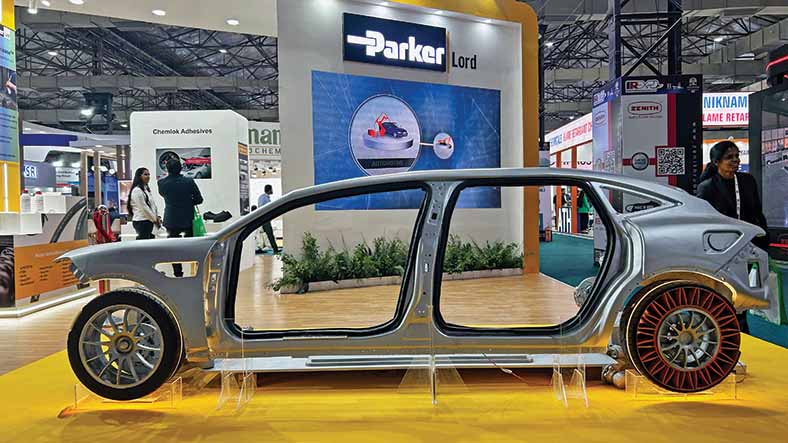
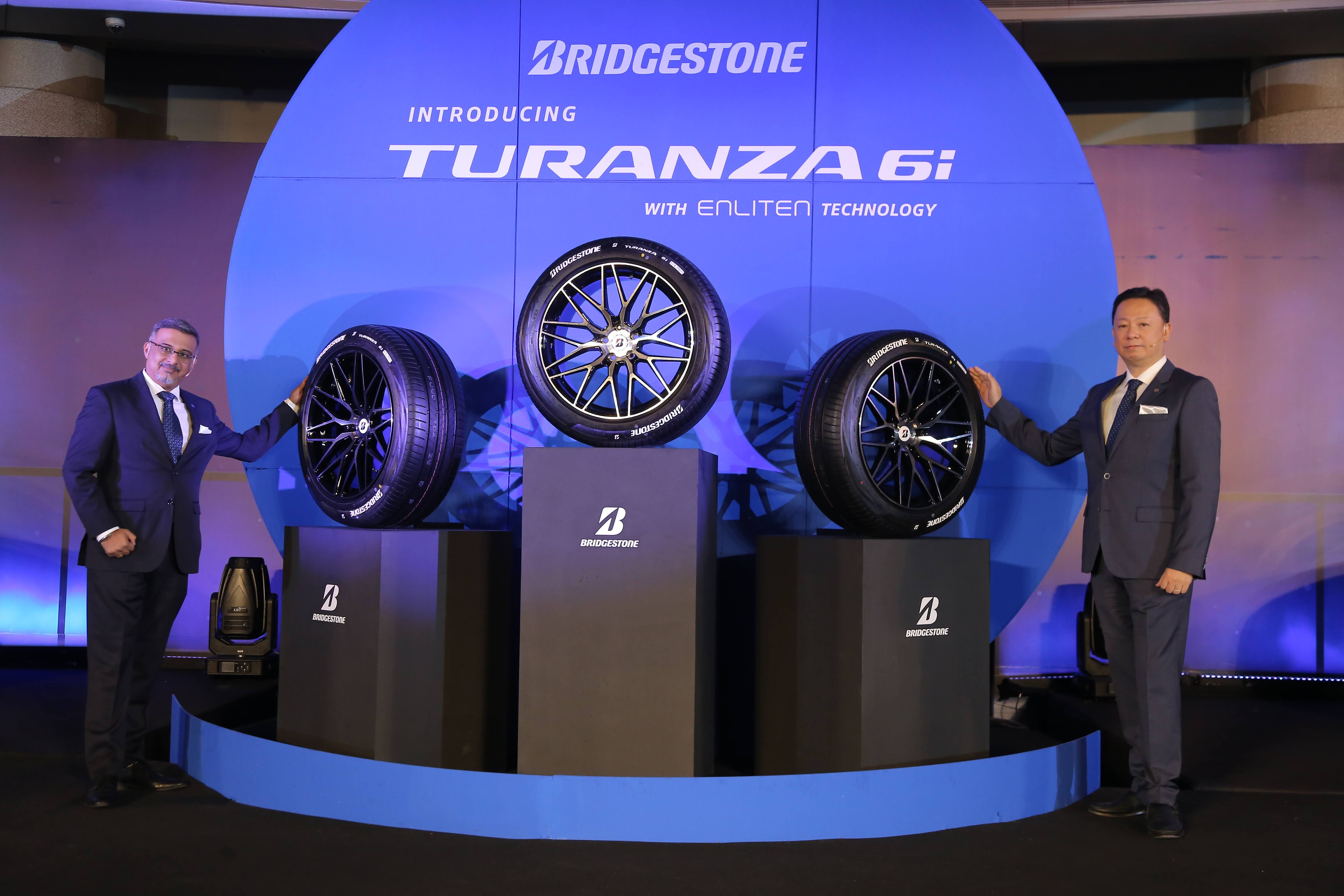
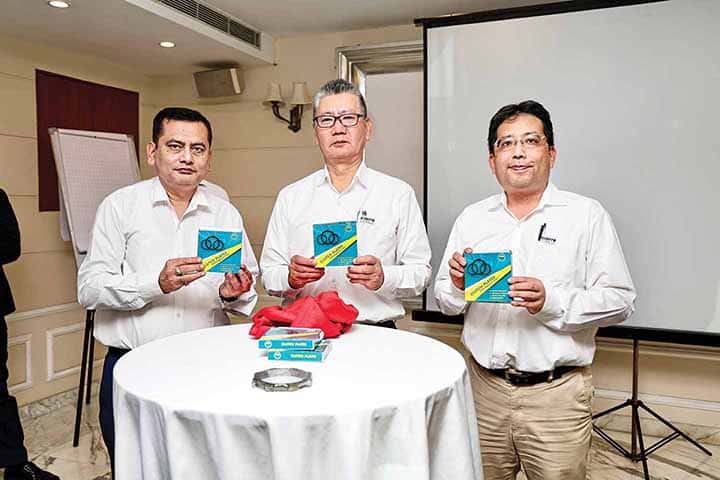
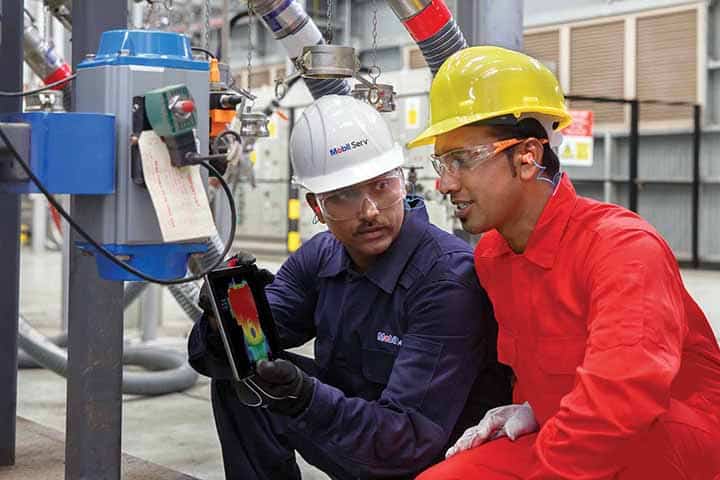
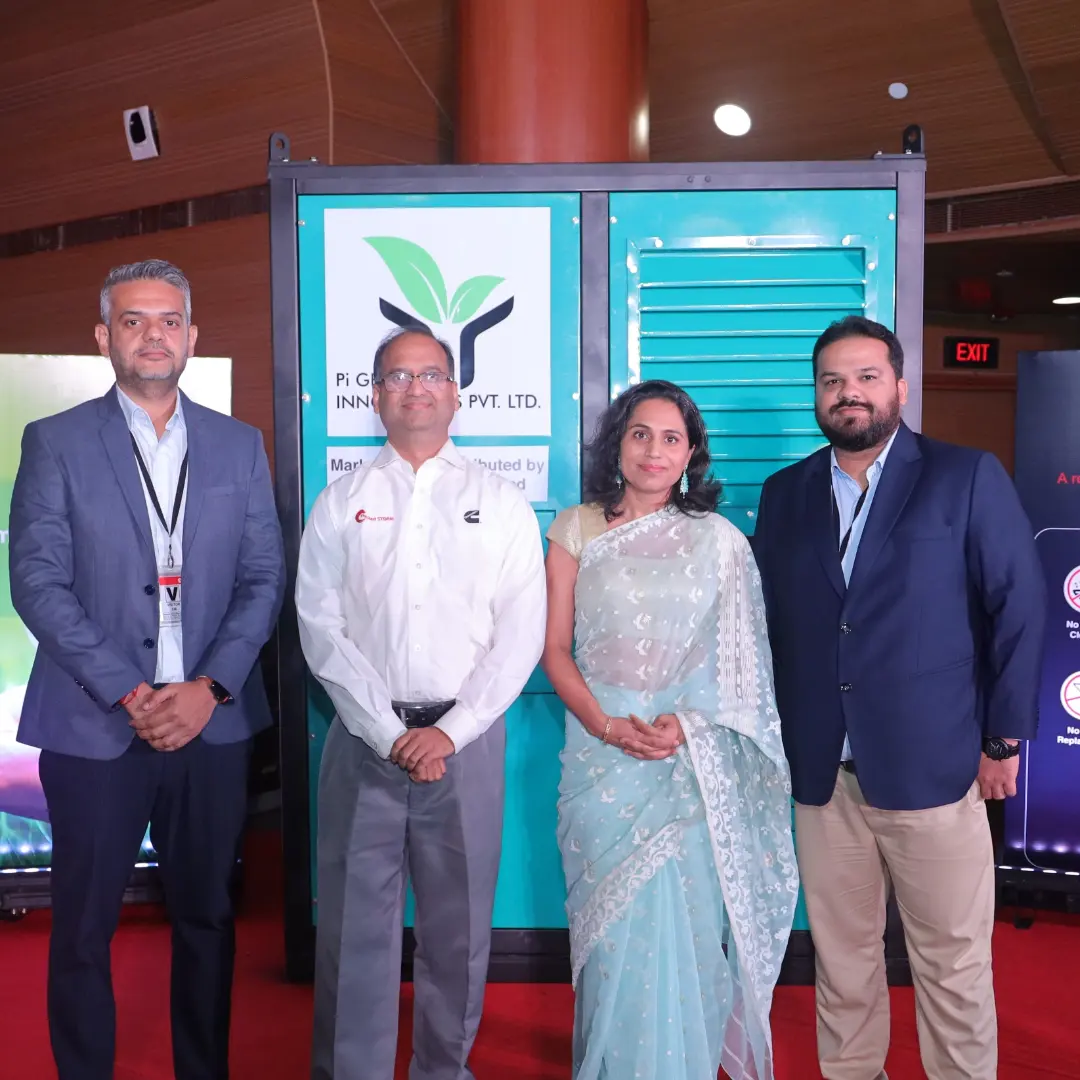



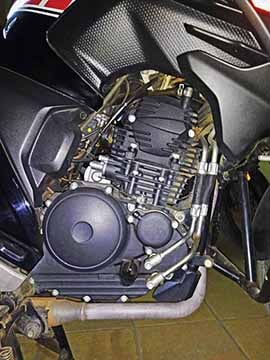


Leave a Reply